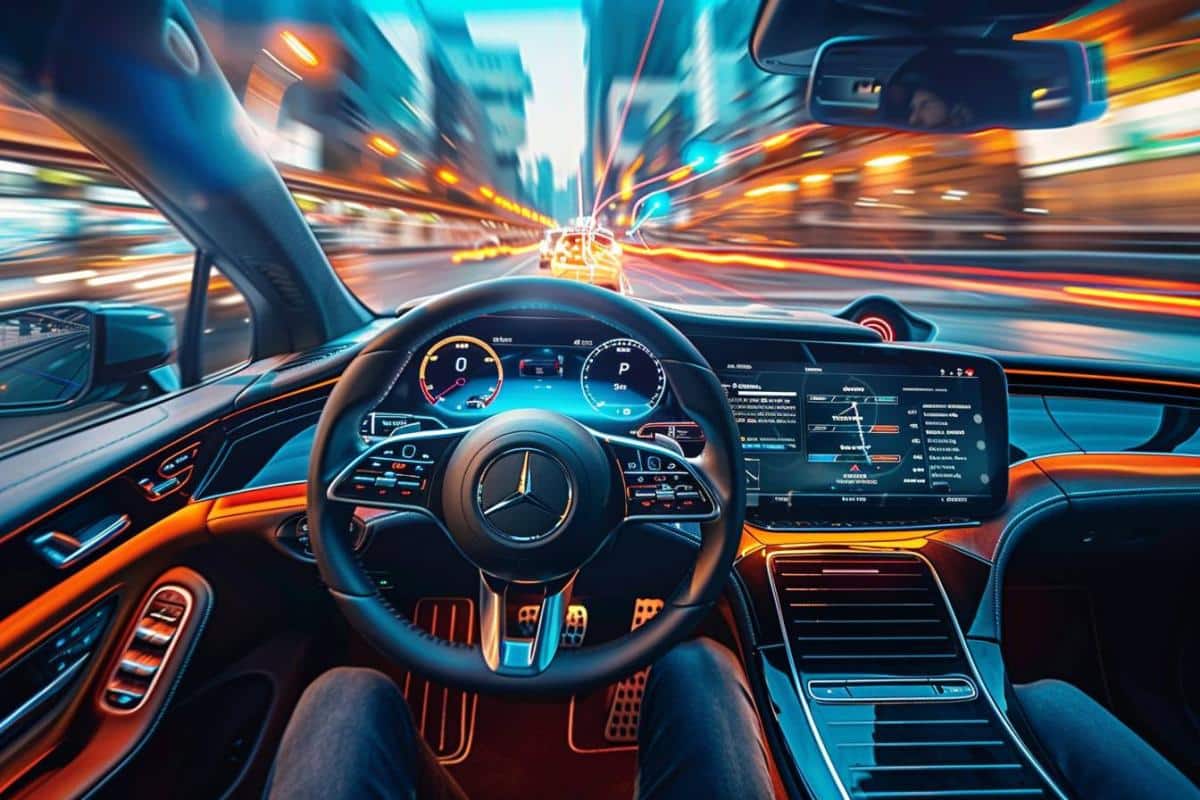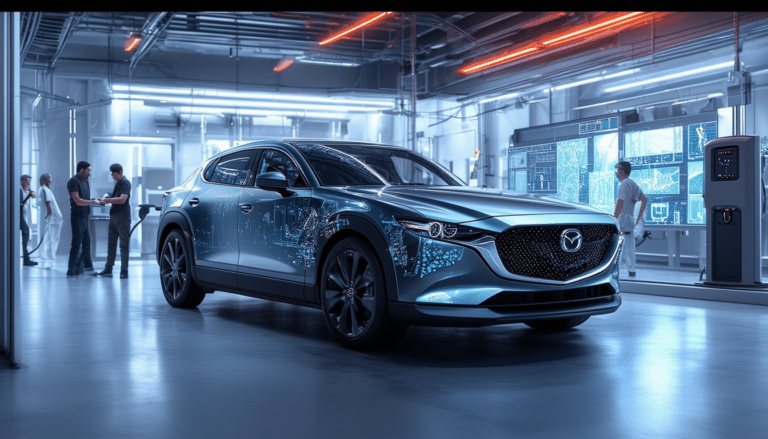Danger! Never trust self-driving cars without knowing these risks

The revolution of autonomous cars is in full swing and promises to forever change our way of understanding mobility. Elon Musk, founder of Tesla, asserts that autonomous vehicles are the future of driving. Google also supports this vision, conducting tests with its own autonomous cars in various U.S. cities with surprising results. With expectations that by 2020 there will be about ten million autonomous vehicles in circulation, it is crucial to understand the advantages, challenges, and what the future holds for this technology.
SUMMARY:
| main idea | detail |
|---|---|
| 🚗 Revolution of autonomous cars | Transforming mobility and the automobile industry. |
| 📈 Circulation predictions | Expecting ten million autonomous cars by 2020. |
| 🛡️ Improvement of road safety | Reducing accident rates by 90% by 2050. |
| 📉 Reduction of vehicles | Decreasing the number of vehicles in urban circulation. |
Autonomous vehicles, ownership schemes, and implications
The ownership models of autonomous vehicles could vary considerably, transforming the automobile industry and urban mobility. There are several viable options for ownership of autonomous cars, such as individual ownership, co-ownership, car-sharing, mobility services, and pay-per-use.
The concept of car-sharing and car-pooling will allow users to reduce costs and maximize efficiency. Cities will see a significant reduction in the number of vehicles in circulation and parked on public streets, making them more livable. This could also lead to a lower demand for parking spaces and better utilization of urban space.
Implementing these vehicles will also improve road safety. According to forecasts, a 90% reduction in accident rates is expected by 2050. This will not only save lives but also save the United States around $190 billion in healthcare costs.
The future of autonomous driving also presents design and comfort implications. The interior of vehicles may focus more on comfort, allowing passengers to engage in various activities such as sleeping, consuming content, or working during commutes. Thus, the power of the engine will become a less prioritized aspect.
Should we allow people to drive when the autonomous car is implemented ?
The coexistence between autonomous and traditional vehicles poses numerous challenges. Some experts suggest that to maximize safety and efficiency, we should consider banning human driving. The Society of Automotive Engineers defines various levels of autonomous driving, with the most advanced cars currently at levels 2+ or 3.
Well-known brands are already developing level 3 autonomous systems, aiming for the vehicles to drive themselves on highways and in dense traffic situations. However, there is still much work to be done in terms of technology and infrastructure to achieve true autonomous driving.
Additionally, in some states and countries, tests are already being conducted, and work is underway to create infrastructures that facilitate the implementation of these vehicles. Improving the interpretation of complex situations and the connection between vehicles and road infrastructures are some of the current technological challenges that still need to be addressed.
Autonomous vehicles: thinking beyond
The arrival of autonomous vehicles also brings legal and ethical challenges. One of the main dilemmas is determining responsibility in the event of an accident. Some companies have stated that they will assume responsibility if their autonomous vehicles are involved in accidents. However, this transition will require a significant cultural change for people and legislations to fully adapt to this new era.
The technology used in autonomous vehicles includes sensors, Lidar, cameras, and artificial intelligence systems. These systems enable intercommunication with the environment and other vehicles, making safer and more efficient driving possible.
Advancements are also being made in wireless charging infrastructure for electric vehicles, with projects that include charging while in motion. Qualcomm Halo technology has been a pioneer in this field, offering an innovative solution to keep electric vehicles always ready for use.
In terms of cybersecurity, it is crucial to strengthen measures against cyber threats. Solutions such as Kaspersky Lab’s Secure Communication Unit and AVL are in development to ensure that these vehicles are immune to potential cyber attacks.
Comparative table of autonomous vehicle technologies
| Technology | Functionality | Current advancement |
|---|---|---|
| Sensors | Obstacle detection and environment | Advanced implementation |
| Lidar | Three-dimensional mapping | High precision |
| Cameras | Visual recognition | Constant improvements |
| Artificial intelligence | Processing and decision-making | In testing phase |
List of pending technological challenges
- Improve the interpretation of complex situations
- Optimize the connection between vehicles and road infrastructure
- Increase the efficiency and reliability of sensor systems
- Develop robust cybersecurity solutions
The technological challenges that remain to be solved
The technology behind autonomous cars has advanced significantly, but there is still much to do. Improving the interpretation of complex situations is one of the main challenges. Autonomous cars must be able to understand and predict unpredictable human behaviors to ensure safe driving.
It is also essential to optimize the connection between vehicles and road infrastructure. Autonomous vehicle systems need to communicate with each other and their environment to avoid accidents and maintain smooth traffic. Technologies such as 5G are being developed to promise a faster and more stable connection.
Another major challenge is to increase the efficiency and reliability of sensor systems. Although technologies such as Lidar and cameras have advanced significantly, work still needs to be done under adverse weather conditions or in busy environments.
In terms of cybersecurity, autonomous vehicles need robust measures against cyber threats. The implementation of solutions like Kaspersky Lab’s Secure Communication Unit and AVL is crucial to ensuring data integrity and passenger safety.
Furthermore, wireless charging infrastructure for electric vehicles must evolve to be more efficient. Innovative projects like charging while in motion are being developed, allowing electric vehicles to recharge while in use.
For more information on how technology is impacting safety in driving, you can check the following link to Detection systems in cars to prevent accidents.
The widespread adoption of autonomous vehicles also depends on overcoming various regulatory challenges. Current laws are not ready to address all the situations that may arise with this new technology. It is essential that legislators work collaboratively with manufacturers and experts to develop an adequate legal framework.
Regarding advancements and technological improvements, specific examples can be checked in the following link about How Tesla revolutionizes autonomous driving with innovative highlighted technological improvements.
To continue exploring current trends in the electric vehicle industry, see this other article about the arrival of a new Chinese brand in Mexico with three electric models.




